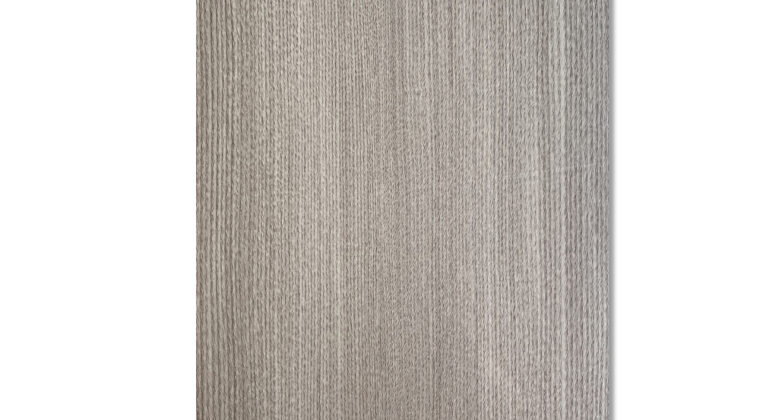In recent years, with the deepening of environmental protection concepts and breakthroughs in material technology, a new material that combines natural beauty and industrial performance, wood-grain coated steel plate, is quietly becoming a new favorite in the field of interior decoration. With its environmental protection, durability, and customizability, this material has gradually replaced traditional solid wood boards and is widely used in homes, commercial spaces, and public buildings, leading the industry towards sustainable development.
Pain points of solid wood decoration give rise to demand for replacements
Solid wood boards have long been regarded as a choice for interior decoration due to their natural texture and texture. However, their high cost, resource consumption, easy cracking and deformation and other defects are becoming increasingly prominent. Especially in humid and high temperature environments, the maintenance cost of solid wood is high, and large-scale logging has increased the pressure on forest resources. In this context, the market urgently needs a new material that can restore the aesthetics of solid wood and avoid its shortcomings.
Wood grain coated steel plate: the fusion of nature and technology
Wood grain coated steel plate uses metal steel plate as the base material. Through the coating technology, the wood grain texture is covered on the surface of the steel plate, and it can even simulate the texture of various precious woods such as oak, walnut, teak, etc. Its core advantages include:
1. Green and low carbon: reducing more than 90% of forest consumption, no formaldehyde is released during the production process, in line with the global “carbon neutrality” trend;
2. Durability: waterproof, moisture-proof, impact-resistant, corrosion-resistant, and lifespan can reach more than 20 years;
3. Economic and efficient: easy installation, low maintenance cost, and 30%-50% lower price than solid wood;
4. Design freedom: support customized color, texture and special-shaped processing, adapt to modern minimalist, industrial style and other style needs.
Market application: comprehensive penetration from industrial to home decoration
At present, wood grain coated steel plate has extended from industrial scenes such as hotels, shopping malls, hospitals, etc. to the home field. For example, hotel chains use this material to replace traditional wood-decorated walls, shortening the construction period by 40% and solving the problem of mildew caused by humidity in guest rooms; in residential projects, owners prefer its “fake” visual effect and the safety of children’s rooms against bumps. According to the “2024 China Decorative Materials White Paper”, the compound growth rate of the market for wood-grain coated steel plates has reached 28% in the past three years, and the market size is expected to exceed 10 billion yuan in 2025.
Industry Voice: Technology Iteration Promotes Popularization
“Consumers want both “appearance” and “inner”, and wood-grain coated steel plates just meet this demand.” said the technical director of a leading building materials company. With the upgrading of digital printing and nano-coating technology, the simulation degree and environmental protection performance of materials continue to improve, and the cost is also decreasing year by year. In addition, the “logging ban” and green building standards issued by various countries have further accelerated the process of replacing solid wood.
Challenges and Future
Despite the broad prospects, wood-grain coated steel plates still need to break through consumers’ stereotypes of “metal coldness”. Some designers pointed out that the tactile experience can be enhanced by means of composite insulation layer and matching soft furnishing. The industry predicts that in the next five years, this material may be deeply integrated with prefabricated decoration and smart home, becoming the “basic configuration” of interior decoration.
From forests to factories, from scarcity to sustainability, the rise of wood-grain coated steel plates is not only a material revolution, but also a microcosm of the transformation of human settlement concepts to environmental protection and practicality. When technology gives metals natural temperature, the “green future” of the decoration industry is within reach.


